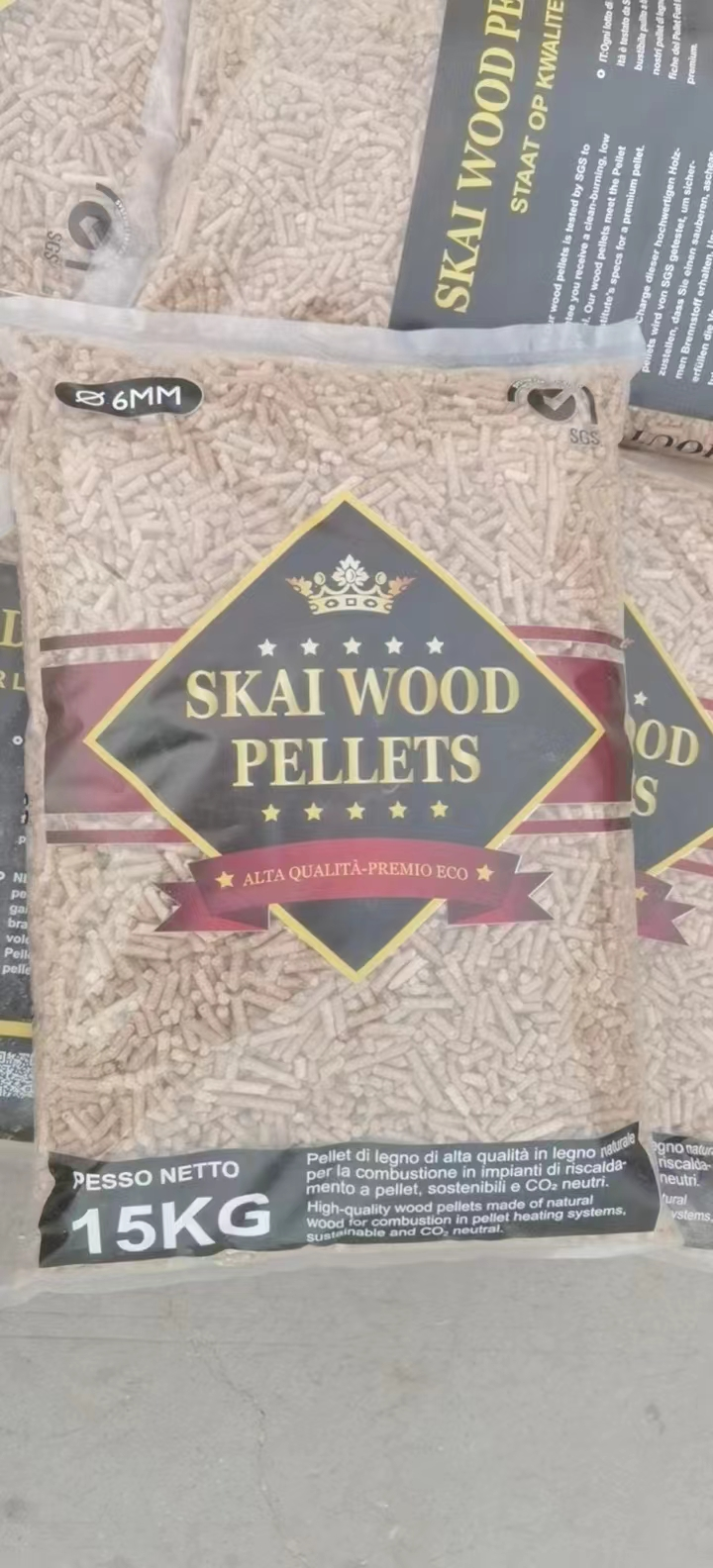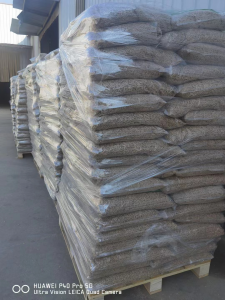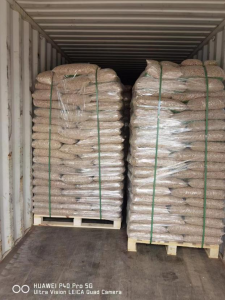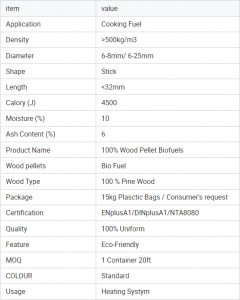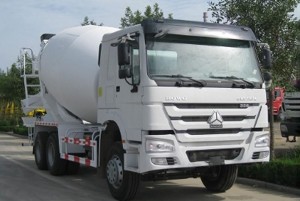Wood Pellets 8mm Wood Pellet Fuel 6mm-8mm in Bags Wood Pellets
Product Description
Wood pellets are a renewable resource, a fuel that is already widely available in the world nowadays. The sawdust or wood shavings are compressed under great pressure and forced through holes. This is a hot process and the natural lignin in the sawdust/wood shavings melts and binds the dust together, holding the pellet in shape and giving it that characteristic sheen on the outside.
Economic efficiency: Wood pellets are extremely dense and can be produced with a low moisture content (below 10%) that allows them to be burned with a very high combustion efficiency. Their high density also permits compact storage and rational transport over long distances. Electricity generated from pellets in converted coal plants is almost the same cost as electricity generated from natural gas, and diesel.
Environmentally friendly: Wood pellets are a sustainable fuel that can deliver a significant reduction in net carbon emissions when compared with fossil fuels. Its production and use also bring additional environmental and social benefits.
Using scopes: Biomass fuels replace fossil fuels in power plants, stoves, the boiler of textiles, food, leather, animal feeding, dye industries, and animal bedding.
Raw materials (sawdust, etc.) enter the crusher where it is crushed to flour. The received mass enters the dryer then to the pellet press, where the wood flour is compressed into pellets.
Mechanical Durability 98%



